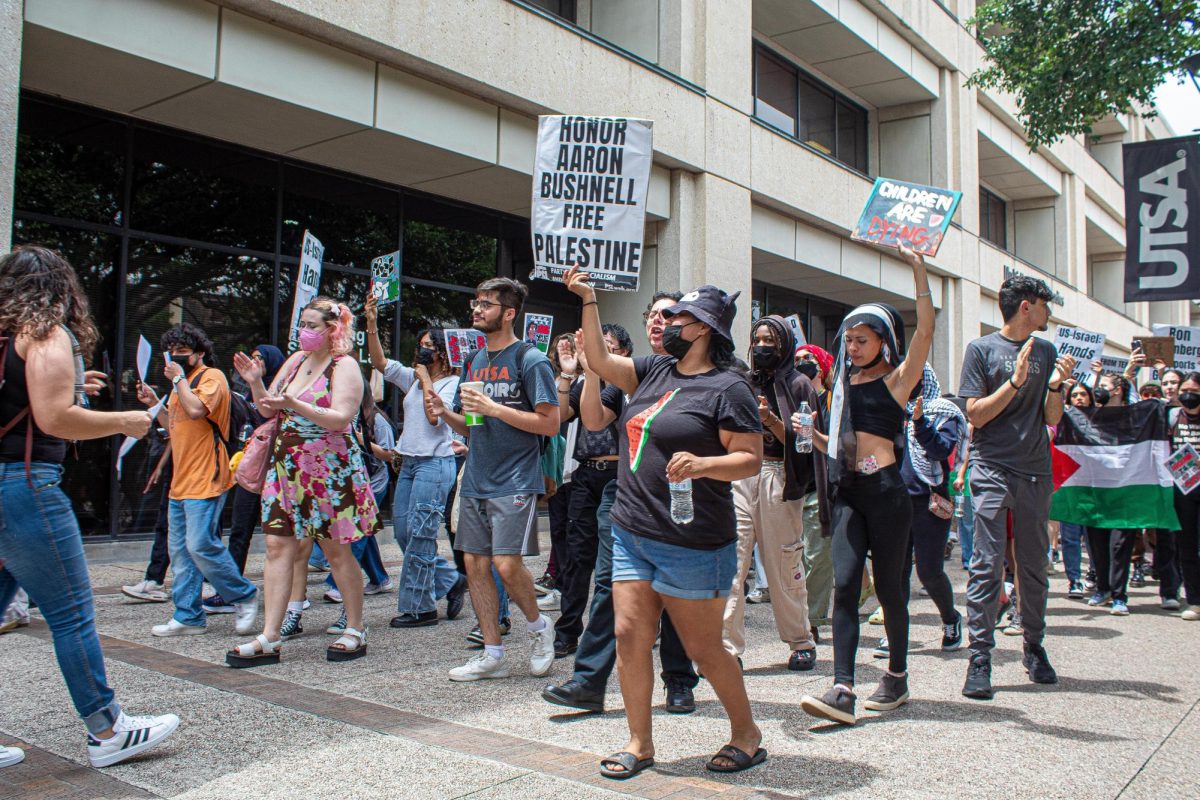The 21st Century Learning Environment task group established in the Spring 2019 semester continues their outset as the fall semester begins and aims at providing Dr. Kimberly Andrews Espy with recommendations in November on improving the learning environment in UTSA classrooms.
“The charge of this group is to consider what is needed to create a learning environment that encourages critical thinking, communication, collaboration and creativity, and the group also acknowledges those social and cultural changes that have occurred from the 20th century into the 21st century and our readiness of both our faculty and students to negotiate these changes,” Dr. Heather Shipley, senior vice provost of academic affairs and dean of university college, said.
This task group was created as a result of an investigation that occurred last spring into Dr. Anita Moss, a human anatomy and physiology professor at the time, and her classroom management. The investigation report recommended the implementation of this task group, led by Shipley, to provide guidance on classroom management and behavior.
“Times have changed from what traditionally happens in the traditional classroom to what the 21st century is,” Shipley said. “I think it is a good time to stop and think about what learning environments encourage aspects of this along with the things students need to be successful out in the workforce.”
Since the announcement of this task group in February, the group has developed a charge, collected general background, looked into different practices and is currently finalizing members. According to Shipley, the group will be made up of members of the faculty senate and offices that deal with student success, affairs or life as well as a wide range of students.
“So, we’ll have the SGA representatives and somebody coming from the president’s student advisory council. We sought nominations of students from various areas on campus to have a broad representation of both faculty and students on this,” Shipley said.
Shipley plans on convening in September to provide the provost with the recommendations by the end of November. The group plans to initially meet every two to three weeks and may create smaller groups within itself to work toward their goal.
“The goal is, by the end of November, to have the recommendations to the provost and then go with whatever implementation or further task groups or working groups that need to come from those recommendations.” Shipley said.
The task group is not expected to remain after the recommendations are given to the provost, but some of its members may continue to work with implementing what is recommended.
“What could happen is people from the task group form working groups or help with the implementation of the recommendations based on how the provost, once she reviews the recommendation, wants to implement [recommendations],” Shipley said. “It could be the whole task group or it could be pieces of the task group and then other additional people that are key to the implementation.”
According to Shipley, the recommendation and implementation of it could vary from professional development, training opportunities for faculty and students, more discussion on implicit biases, looking into inclusive teaching practices or changes of the syllabi language.
“I think it is all kind of fair game based on some of the background information, what we find from the literature and other institutions and what we find from our own review,” Shipley said.












